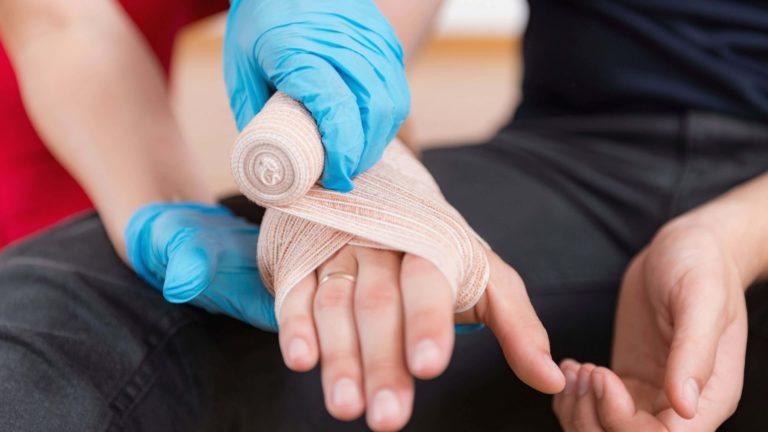Overview
Hyperbaric oxygen therapy is where a patient sits in a pressurized chamber and breathes pure oxygen. Most commonly used for decompression sickness, notably with scuba diving, hyperbaric oxygen therapy can additionally assist with the healing of dangerous infections, burn injuries, carbon monoxide contamination, and dying skin tissue from a skin graft or skin flap. The hyperbaric chamber has a pressure of two to three times that of regular air pressure. The increased air pressure makes it possible for the lungs to acquire significantly more oxygen. The increased oxygen in the bloodstream combats toxic bacteria at a higher rate while simultaneously emitting growth factors and stem cells at a higher rate. The increased emission of growth factors and stem cells foster increased healing. With several arranged appointments, the short-term increased oxygen levels increase one’s regular tissue-oxygen levels following the therapy session. As hyperbaric oxygen therapy is usually an outpatient procedure, the individual receiving the treatment is able to return home the same evening.
Types of Hyperbaric Oxygen Chambers
There are two common forms of hyperbaric oxygen chambers, an individual unit and multi-person unit, referred to as monoplace and multiplace. An individual unit consists of a table the patient lies down on and the table moves into a transparent, plastic chamber for the session. A multi-person chamber is a large room where several patients sit or lie down. Oxygen will be dispersed through a face mask or a clear hood over the head.
Therapy Session
An average therapy session is about two hours. Your vital levels will be supervised during the entirety of the session. As the chambers air pressure is either two to three times standard air pressure, you may feel discomfort in your ears, like that of being on a plane, which can be relieved by yawning or swallowing.
Following Hyperbaric Oxygen Therapy
Medical professionals will examine your ears, take your blood pressure level, as well as your pulse. Diabetics will have their blood glucose level checked. After the professionals confirm you are healthy, you will be allowed to go home. As the session is around two hours long, it is normal to feel fatigue and hunger. Rest and a nutritious meal is recommended.
Aloe Vera
Similar to cacti, aloe lives best in hot, dry environments. While it is grown in subtropical areas throughout the globe, its mainly found along the southern border regions of Texas, New Mexico, Arizona, and California in the United States. Aloe has been used as a treatment for various skin ailments and was believed to recover baldness and stimulate the body’s natural healing curing. Aloe can be used as a topical agent or consumed orally. Topical use of aloe can assist with the healing of burns and radiation-induced skin toxicity as well as acne, lichen planus, which is an incredibly irritating, itchy rash on the skin or in the mouth, oral submucous fibrosis, and burning-mouth syndrome. Orally consuming aloe can aid with for weight loss, diabetes, hepatitis, and inflammatory bowel disease. Medical investigation indicates topical use of aloe has the potential to increase the recovery time of burn injuries. Likewise, data suggests aloe treatment might be able to decrease the pain caused by a burn injury.
Free Burn Injury Legal Consultation
















